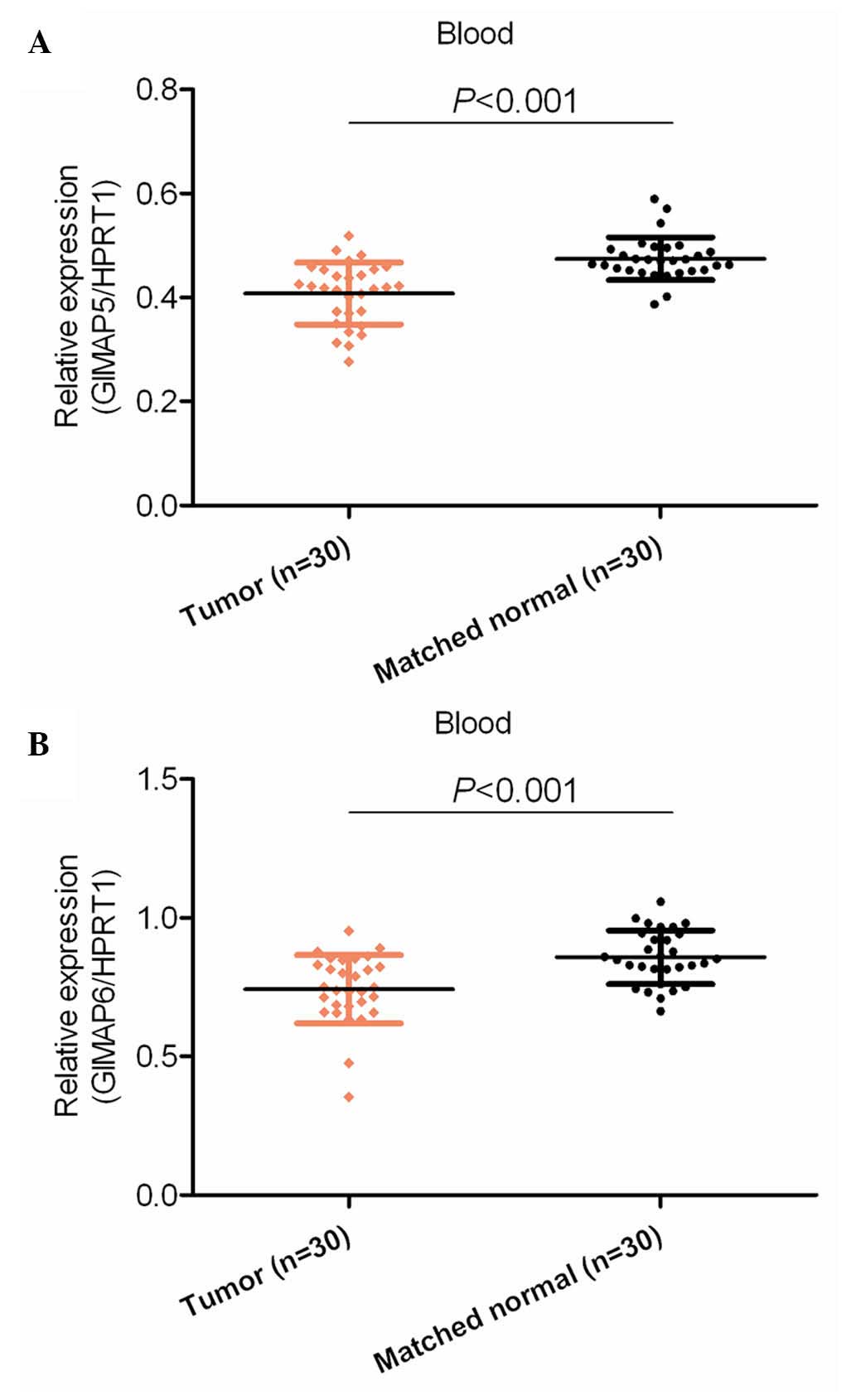|
1
|
Ferlay J, Shin HR, Bray F, Forman D,
Mathers C and Parkin DM: Estimates of worldwide burden of cancer in
2008: GLOBOCAN 2008. Int J Cancer. 127:2893–2917. 2010. View Article : Google Scholar : PubMed/NCBI
|
|
2
|
Hao C, Zhu PX, Yang X, Han ZP, Jiang JH,
Zong C, Zhang XG, Liu WT, Zhao QD, Fan TT, et al: Overexpression of
SIRT1 promotes metastasis through epithelial-mesenchymal transition
in hepatocellular carcinoma. BMC Cancer. 14:9782014. View Article : Google Scholar : PubMed/NCBI
|
|
3
|
Goh LY, Leow AH and Goh KL: Observations
on the epidemiology of gastrointestinal and liver cancers in the
Asia-Pacific region. J Dig Dis. 15:463–468. 2014. View Article : Google Scholar : PubMed/NCBI
|
|
4
|
Jemal A, Bray F, Center MM, Ferlay J, Ward
E and Forman D: Global cancer statistics. CA Cancer J Clin.
61:69–90. 2011. View Article : Google Scholar : PubMed/NCBI
|
|
5
|
Cauchy F, Fuks D and Belghiti J: HCC:
Current surgical treatment concepts. Langenbecks Arch Surg.
397:681–695. 2012. View Article : Google Scholar : PubMed/NCBI
|
|
6
|
Woo HG, Kim SS, Cho H, Kwon SM, Cho HJ,
Ahn SJ, Park ES, Lee JS, Cho SW and Cheong JY: Profiling of exome
mutations associated with progression of HBV-related hepatocellular
carcinoma. PLoS One. 9:e1151522014. View Article : Google Scholar : PubMed/NCBI
|
|
7
|
Laurent-Puig P, Legoix P, Bluteau O,
Belghiti J, Franco D, Binot F, Monges G, Thomas G, Bioulac-Sage P
and Zucman-Rossi J: Genetic alterations associated with
hepatocellular carcinomas define distinct pathways of
hepatocarcinogenesis. Gastroenterology. 120:1763–1773. 2001.
View Article : Google Scholar : PubMed/NCBI
|
|
8
|
Chen J, Zhang B, Wong N, Lo AW, To KF,
Chan AW, Ng MH, Ho CY, Cheng SH, Lai PB, et al: Sirtuin 1 is
upregulated in a subset of hepatocellular carcinomas where it is
essential for telomere maintenance and tumor cell growth. Cancer
Res. 71:4138–4149. 2011. View Article : Google Scholar : PubMed/NCBI
|
|
9
|
Ding D, Lou X, Hua D, Yu W, Li L, Wang J,
Gao F, Zhao N, Ren G, Li L and Lin B: Recurrent targeted genes of
hepatitis B virus in the liver cancer genomes identified by a
next-generation sequencing-based approach. PLoS Genet.
8:e10030652012. View Article : Google Scholar : PubMed/NCBI
|
|
10
|
Guichard C, Amaddeo G, Imbeaud S, Ladeiro
Y, Pelletier L, Maad IB, Calderaro J, Bioulac-Sage P, Letexier M,
Degos F, et al: Integrated analysis of somatic mutations and focal
copy-number changes identifies key genes and pathways in
hepatocellular carcinoma. Nat Genet. 44:694–698. 2012. View Article : Google Scholar : PubMed/NCBI
|
|
11
|
Fujimoto A, Totoki Y, Abe T, Boroevich KA,
Hosoda F, Nguyen HH, Aoki M, Hosono N, Kubo M, Miya F, et al:
Whole-genome sequencing of liver cancers identifies etiological
influences on mutation patterns and recurrent mutations in
chromatin regulators. Nat Genet. 44:760–764. 2012. View Article : Google Scholar : PubMed/NCBI
|
|
12
|
Shiao YM, Chang YH, Liu YM, Li JC, Su JS,
Liu KJ, Liu YF, Lin MW and Tsai SF: Dysregulation of GIMAP genes in
non-small cell lung cancer. Lung Cancer. 62:287–294. 2008.
View Article : Google Scholar : PubMed/NCBI
|
|
13
|
Livak KJ and Schmittgen TD: Analysis of
relative gene expression data using real-time quantitative PCR and
the 2(−Delta Delta C(T)) Method. Methods. 25:402–408. 2001.
View Article : Google Scholar : PubMed/NCBI
|
|
14
|
Nitta T and Takahama Y: The lymphocyte
guard-IANs: Regulation of lymphocyte survival by IAN/GIMAP family
proteins. Trends Immunol. 28:58–65. 2007. View Article : Google Scholar : PubMed/NCBI
|
|
15
|
Filen S and Lahesmaa R: GIMAP proteins in
T-lymphocytes. J Signal Transduct. 2010:2685892010.PubMed/NCBI
|
|
16
|
Yano K, Carter C, Yoshida N, Abe T, Yamada
A, Nitta T, Ishimaru N, Takada K, Butcher GW and Takahama Y: Gimap3
and Gimap5 cooperate to maintain T-cell numbers in the mouse. Eur J
Immunol. 44:561–572. 2014. View Article : Google Scholar : PubMed/NCBI
|
|
17
|
Saunders A, Webb LM, Janas ML, Hutchings
A, Pascall J, Carter C, Pugh N, Morgan G, Turner M and Butcher GW:
Putative GTPase GIMAP1 is critical for the development of mature B
and T lymphocytes. Blood. 115:3249–3257. 2010. View Article : Google Scholar : PubMed/NCBI
|
|
18
|
Zenz T, Roessner A, Thomas A, Fröhling S,
Döhner H, Calabretta B and Dahéron L: HIan5: The human ortholog to
the rat Ian4/Iddm1/lyp is a new member of the Ian family that is
overexpressed in B-cell lymphoid malignancies. Genes Immun.
5:109–116. 2004. View Article : Google Scholar : PubMed/NCBI
|
|
19
|
Dalberg U, Markholst H and Hornum L: Both
Gimap5 and the diabetogenic BBDP allele of Gimap5 induce apoptosis
in T cells. Int Immunol. 19:447–453. 2007. View Article : Google Scholar : PubMed/NCBI
|
|
20
|
Hellquist A, Zucchelli M, Kivinen K,
Saarialho-Kere U, Koskenmies S, Widen E, Julkunen H, Wong A,
Karjalainen-Lindsberg ML, Skoog T, et al: The human GIMAP5 gene has
a common polyadenylation polymorphism increasing risk to systemic
lupus erythematosus. J Med Genet. 44:314–321. 2007. View Article : Google Scholar : PubMed/NCBI
|
|
21
|
Pascall JC, Rotondo S, Mukadam AS, Oxley
D, Webster J, Walker SA, Piron J, Carter C, Ktistakis NT and
Butcher GW: The immune system GTPase GIMAP6 interacts with the Atg8
homologue GABARAPL2 and is recruited to autophagosomes. PLoS One.
8:e777822013. View Article : Google Scholar : PubMed/NCBI
|













